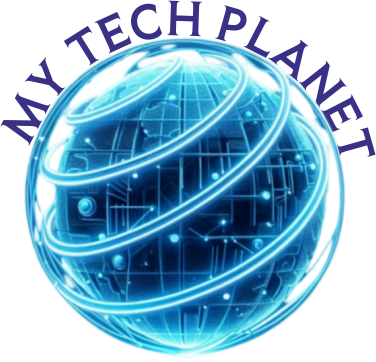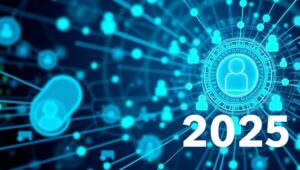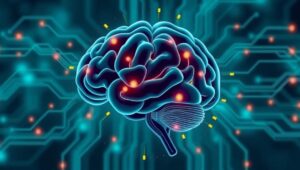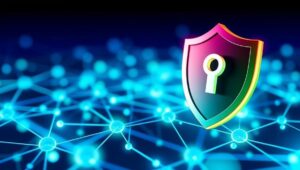May 26, 2025
Regulatory Frameworks for IoT Security and Privacy (Evolving by 2025)
Navigating the IoT Regulatory Landscape: A 2025 Outlook The Internet of Things (IoT) is rapidly expanding, connecting billions of devices and transforming industries. As IoT adoption grows, so do the concerns surrounding security and privacy. Regulatory bodies worldwide are actively developing and evolving frameworks to address these challenges. This post provides an informative overview of the current regulatory landscape and what to expect by 2025. Current Regulatory Frameworks Several regions have already established regulations and guidelines for IoT security and privacy. Key examples include: GDPR (General Data Protection Regulation): The GDPR, applicable in the European Union, sets strict rules for













